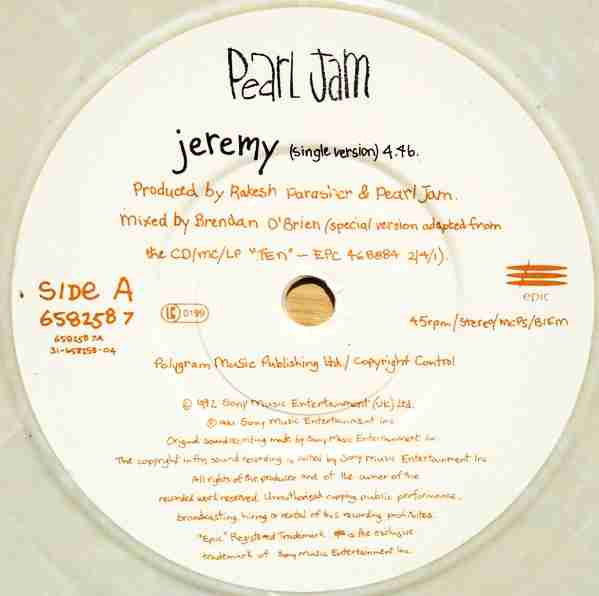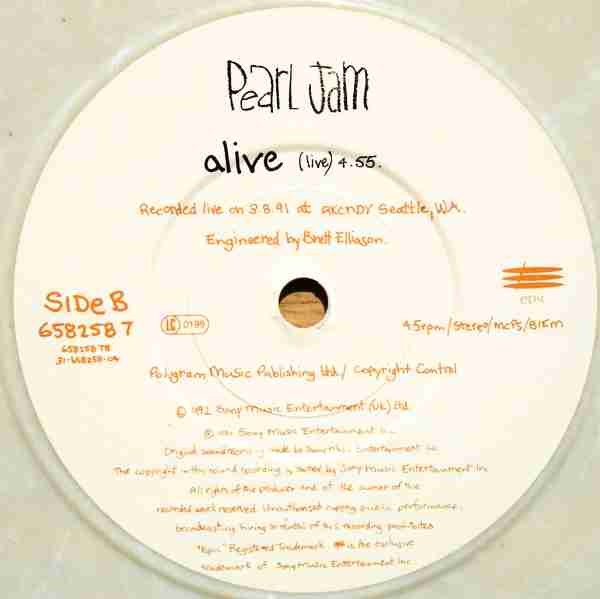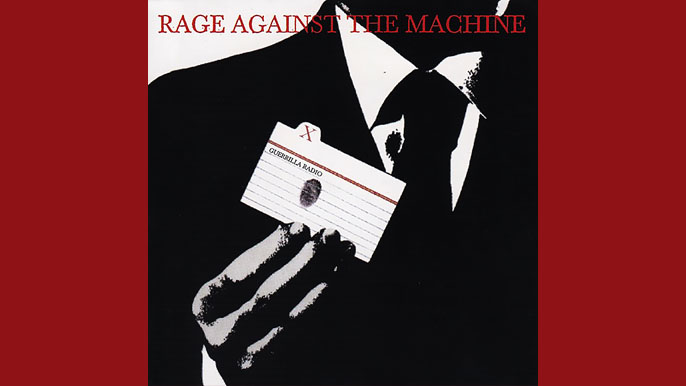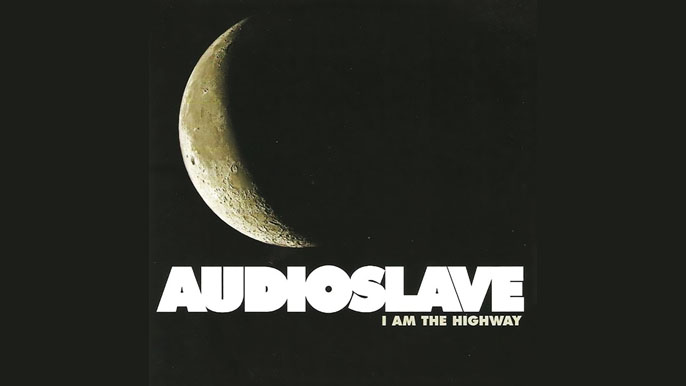
Jeremy is a song by Pearl Jam, with lyrics written by vocalist Eddie Vedder and music written by bassist Jeff Ament. Jeremy was released in August 17, 1992 as the third single from Pearl Jam‘s debut album, Ten (1991). The song was inspired by a newspaper article Vedder read about Jeremy Wade Delle, a high school student who shot himself in front of his English class on January 8, 1991. It reached the number 5 spot on both the Album and Modern Rock Billboard charts. It did not originally chart on the regular Billboard Hot 100 singles chart since it was not released as a commercial single in the US at the time, but a re-release in July 1995 brought it up to number 79.
The song gained popularity for its music video, directed by Mark Pellington and released in 1992, which received heavy rotation by MTV and became a hit. The original music video for Jeremy was directed and produced by Chris Cuffaro. Epic Records and MTV later rejected the music video, and released the version directed by Pellington instead. In 1993, the Jeremy video was awarded four MTV Video Music Awards, including Best Video of the Year.
Tracklist:
- Jeremy (single version)
- Alive (live)
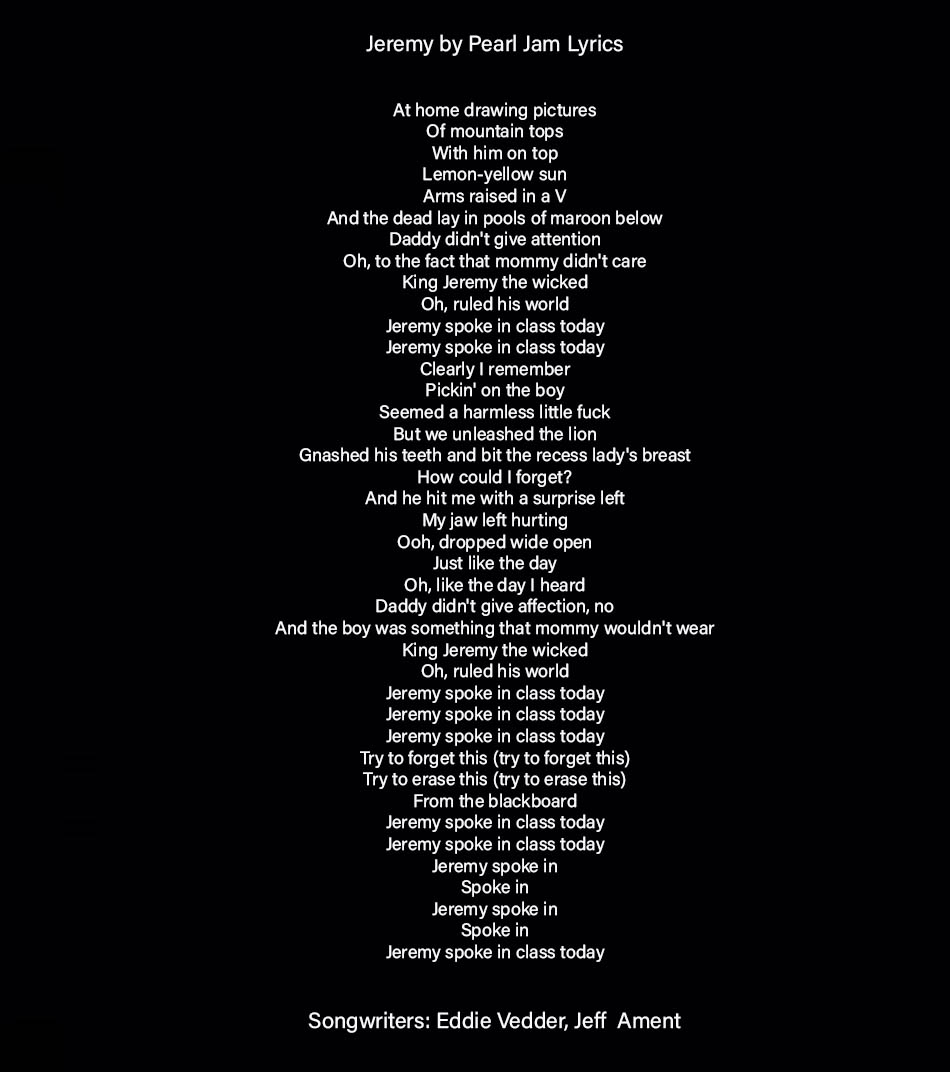
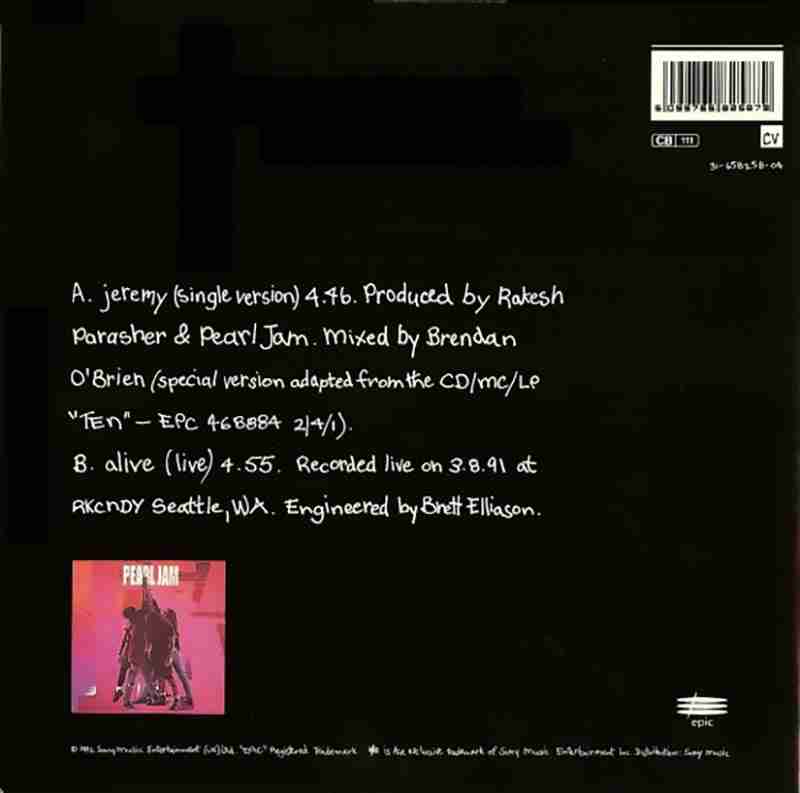
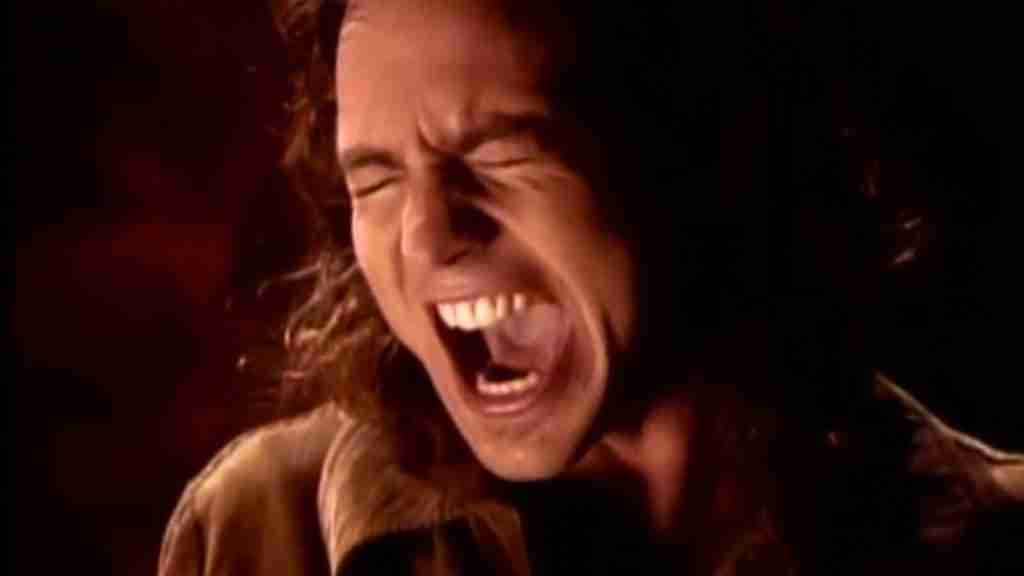
Jeremy is based on two different true stories. The song takes its main inspiration from a newspaper article about a 15-year-old boy named Jeremy Wade Delle from Richardson, Texas, who shot himself in front of his teacher and his second-period English class of 30 students on the morning of January 8, 1991. In a 2009 interview, Vedder said that he felt
“the need to take that small article and make something of it to give that action, to give it reaction, to give it more importance.”
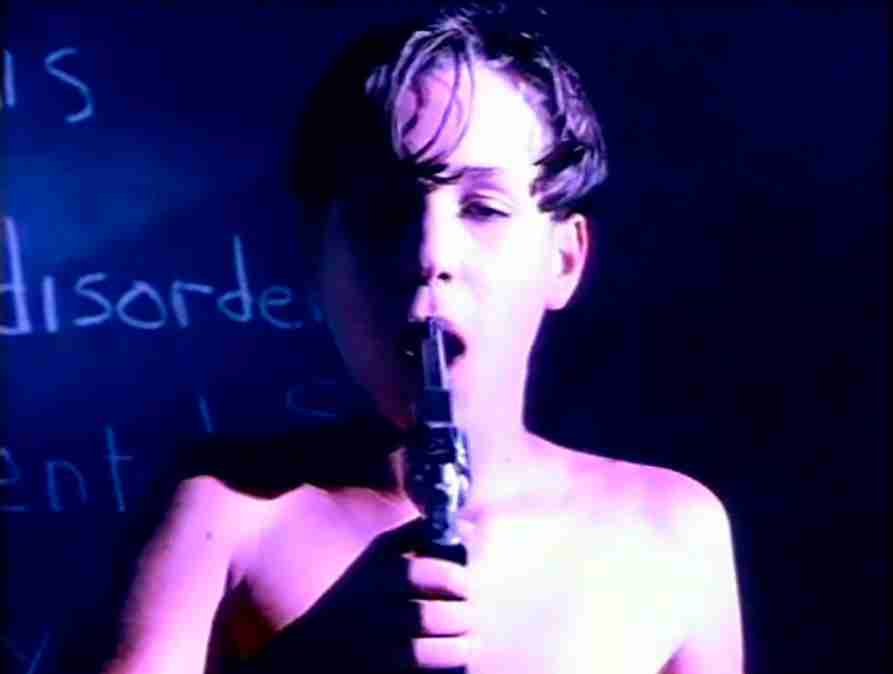
Delle was described by schoolmates as “real quiet” and known for “acting sad”. After coming into class late that morning, Delle was told to get an admittance slip from the school office. He left the classroom, and returned with a .357 Magnum revolver. Delle walked to the front of the classroom, announced “Miss, I got what I really went for”, put the barrel of the firearm in his mouth, and pulled the trigger before his teacher or classmates could react.
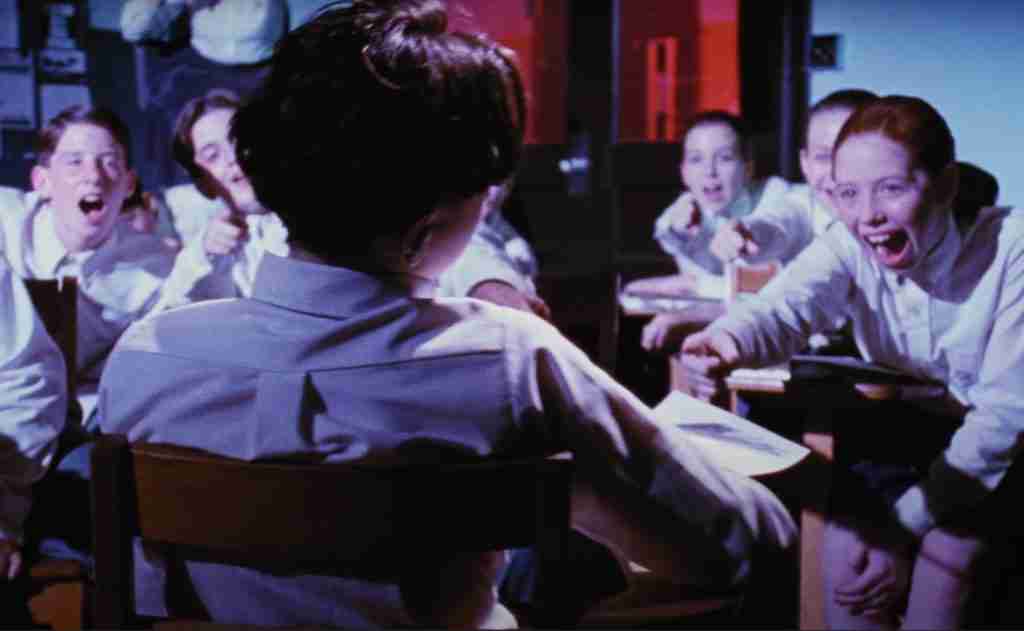
When asked about the song, Vedder explained:
It came from a small paragraph in a paper which means you kill yourself and you make a big old sacrifice and try to get your revenge. That all you’re gonna end up with is a paragraph in a newspaper. Sixty-four degrees and cloudy in a suburban neighborhood. That’s the beginning of the video and that’s the same thing in the end; it does nothing … nothing changes. The world goes on and you’re gone. The best revenge is to live on and prove yourself. Be stronger than those people. And then you can come back.
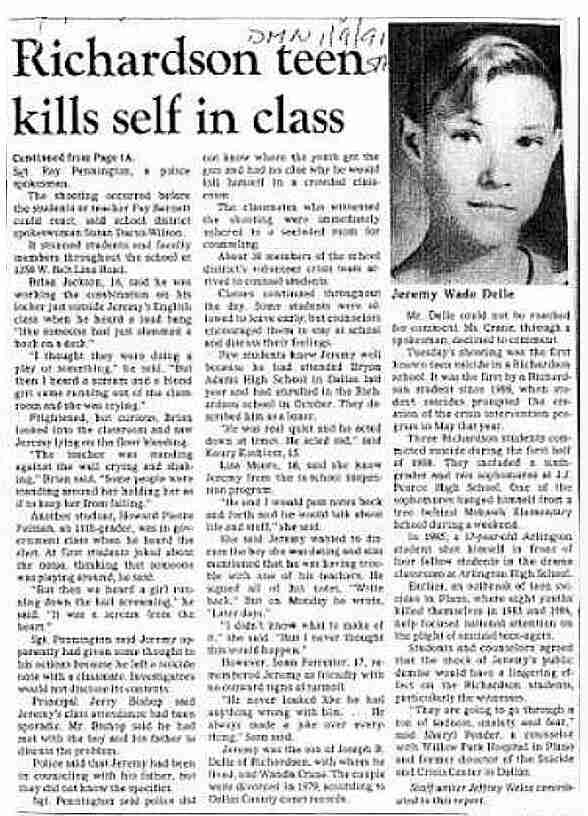
The second story the song is based on, involved a student that Vedder knew from his junior high school in San Diego, California, who committed a school shooting. He elaborated further in a 1991 interview:
I actually knew somebody in junior high school, in San Diego, California, that did the same thing, just about, didn’t take his life but ended up shooting up an oceanography room. I remember being in the halls and hearing it and I had actually had altercations with this kid in the past. I was kind of a rebellious fifth-grader and I think we got in fights and stuff. So it’s a bit about this kid named Jeremy and it’s also a bit about a kid named Brian that I knew and I don’t know … the song, I think it says a lot. I think it goes somewhere … and a lot of people interpret it different ways and it’s just been recently that I’ve been talking about the true meaning behind it and I hope no one’s offended and believe me, I think of Jeremy when I sing it.
Epic had warmed up to the idea of releasing Jeremy as a single. Music video director Mark Pellington was brought in to handle the project. Pellington said that he “wasn’t a huge fan of the band, but the lyrics intrigued me—I spoke to Eddie, and I really got connected to his passion.” Pellington and Pearl Jam convened in Kings Cross, London, England, in June 1992 to film a new version of the Jeremy music video.
Working with veteran editor Bruce Ashley, Pellington‘s high-budget video incorporated rapid-fire editing and juxtaposition of sound, still images, graphics and text elements with live action sequences to create a collage effect. The classroom scenes were filmed at Bayonne High School in New Jersey. The video also featured many close-ups of Vedder performing the song, with the other members of Pearl Jam shown only briefly. Some of the stock imagery was similar to the original video, but when it came to the band Pellington focused on Vedder. Vedder thus serves as the video’s narrator.
Ament said:
“It was mostly Mark and Ed’s vision. In fact, I think it would have been a better video if the rest of the band wasn’t in it. I know some of us were having a hard time with the movie-type video that Mark made, because our two previous videos were made live.”
Jeremy was played by 12-year-old Trevor Wilson, in his only acting role. Wilson would drown in 2016, at age 36, while swimming in Puerto Rico.
The video premiered on August 1, 1992, and quickly found its way into heavy rotation on MTV. The success of the Jeremy video helped catapult Pearl Jam to fame.
The video won four MTV Video Music Awards in 1993, including Best Video of the Year, Best Group Video, Best Metal/Hard Rock Video, and Best Direction. Wilson appeared with Pearl Jam onstage when they won Best Video of the Year. In the entirety of Vedder‘s acceptance speech, he introduced Wilson to the crowd, saying, “This is Trevor. He lives.” as he and Wilson raised clasped hands, Vedder patted him on the head, and the audience cheered. Vedder goes on to say “No, um… I mean, I guess you gotta say thanks… No, the real shit is… If it weren’t for music, I think I would have shot myself in the front of the classroom, you know. It really is what kept me alive, so this is kind of full circle. So to the power of music, thanks.” He then hands the award to Wilson.
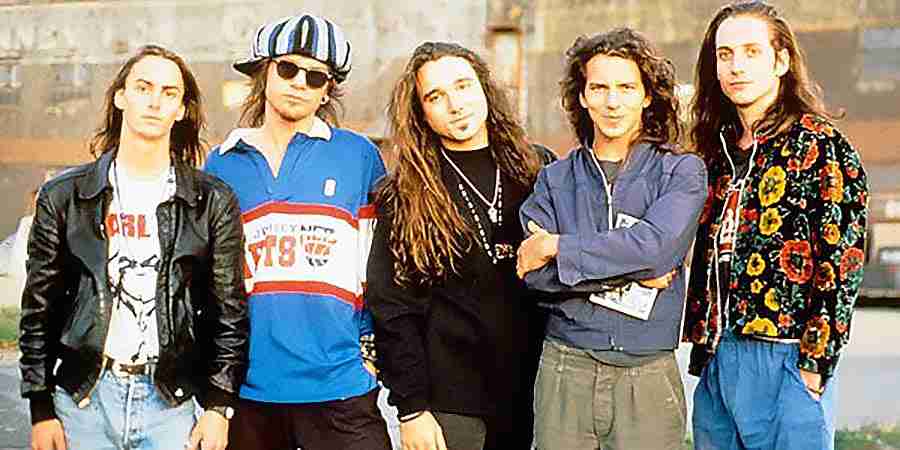
Pearl Jam
Eddie Vedder: vocals
Mike McCready: lead & acoustic guitar
Stone Gossard: rhythm guitar
Jeff Ament: bass guitar, twelve-string bass
Dave Krusen: drums, tambourine
Additional musicians
Walter Gray: cello
Rick Parashar: Hammond organ, percussion

